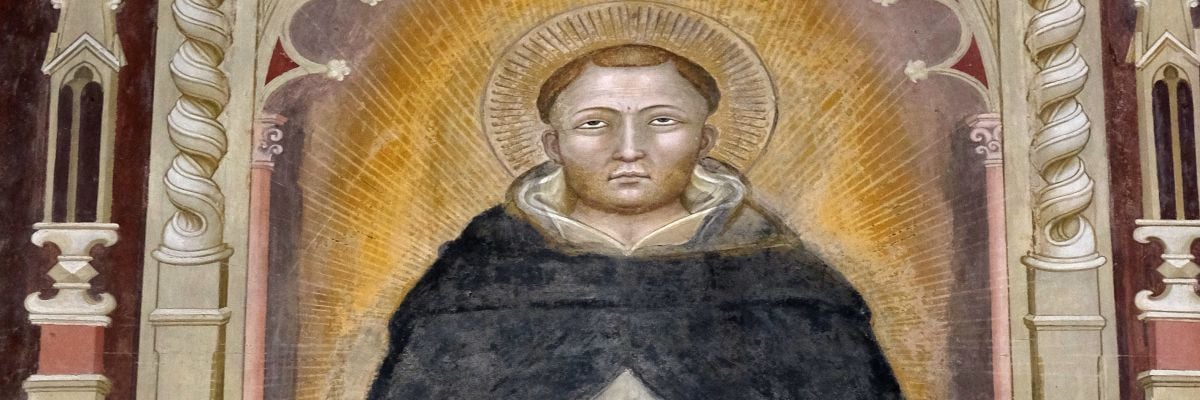
Question:
Answer:
The Church upholds the authority of St. Augustine and St. Thomas Aquinas in their teachings on grace and free will. This is clear from the ordinary Magisterium over the centuries. Both the Thomists and the Molinists held that their teachings were at least compatible with St. Augustine and St. Thomas. So, ultimately, the controversy between the Thomists and the Molinists is a controversy about the interpretation of St. Augustine and St. Thomas.
The popes, although leaning initially heavily in favor of the Thomist resolution, which favored more literally Augustinian conclusions, nonetheless decided not to intervene and to forbid both parties from characterizing the other as heretical. What this ultimately has meant is that the interpretation of St. Thomas and St. Augustine has been freed from the rigid emphasis on efficient causality versus free will and has focused more on final causality. This means that the impasse found in the Thomist-Molinist divide must be overcome by a higher principle than efficient causality—namely, final causality. This resolution by way of finality, however, must also avoid the necessitating movement of grace as conceived by the Jansenists.
This is a lot for a short answer, but it will have to do.



